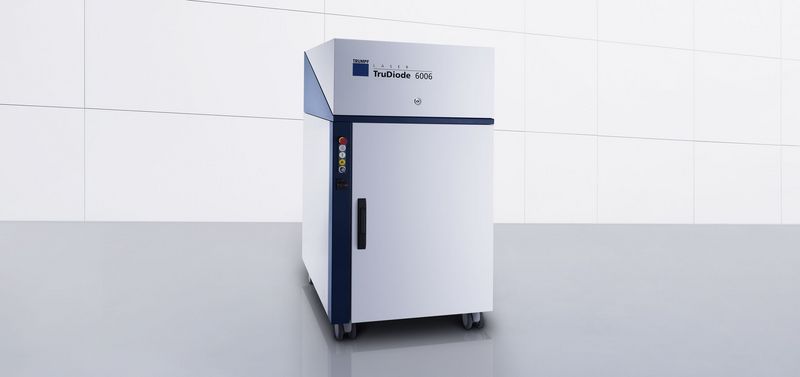In heat conduction welding, the laser beam melts the mating parts along a common joint. The molten materials flow together and solidify to form the weld. Heat conduction welding is used to join thin-wall parts. One example of this are corner welds on the visible surfaces of device housings. Other applications can be found in electronics. The laser produces a smooth, rounded seam that does not require any extra grinding or finishing. Pulsed or continuous wave solid-state lasers are used in such applications. In heat conduction welding, energy is coupled into the workpiece solely through heat conduction. For this reason, the weld depth ranges from only a few tenths of a millimeter to 1 millimeter. The heat conductivity of the material limits the maximum weld depth. The width of the weld is always greater than its depth. If the heat is not able to dissipate quickly enough, the processing temperature rises above the vaporization temperature. Metal vapor forms, the welding depth increases sharply, and the process turns into deep penetration welding.
Heat conduction welding

[Translate to en_INT:] Produkte
Contact


